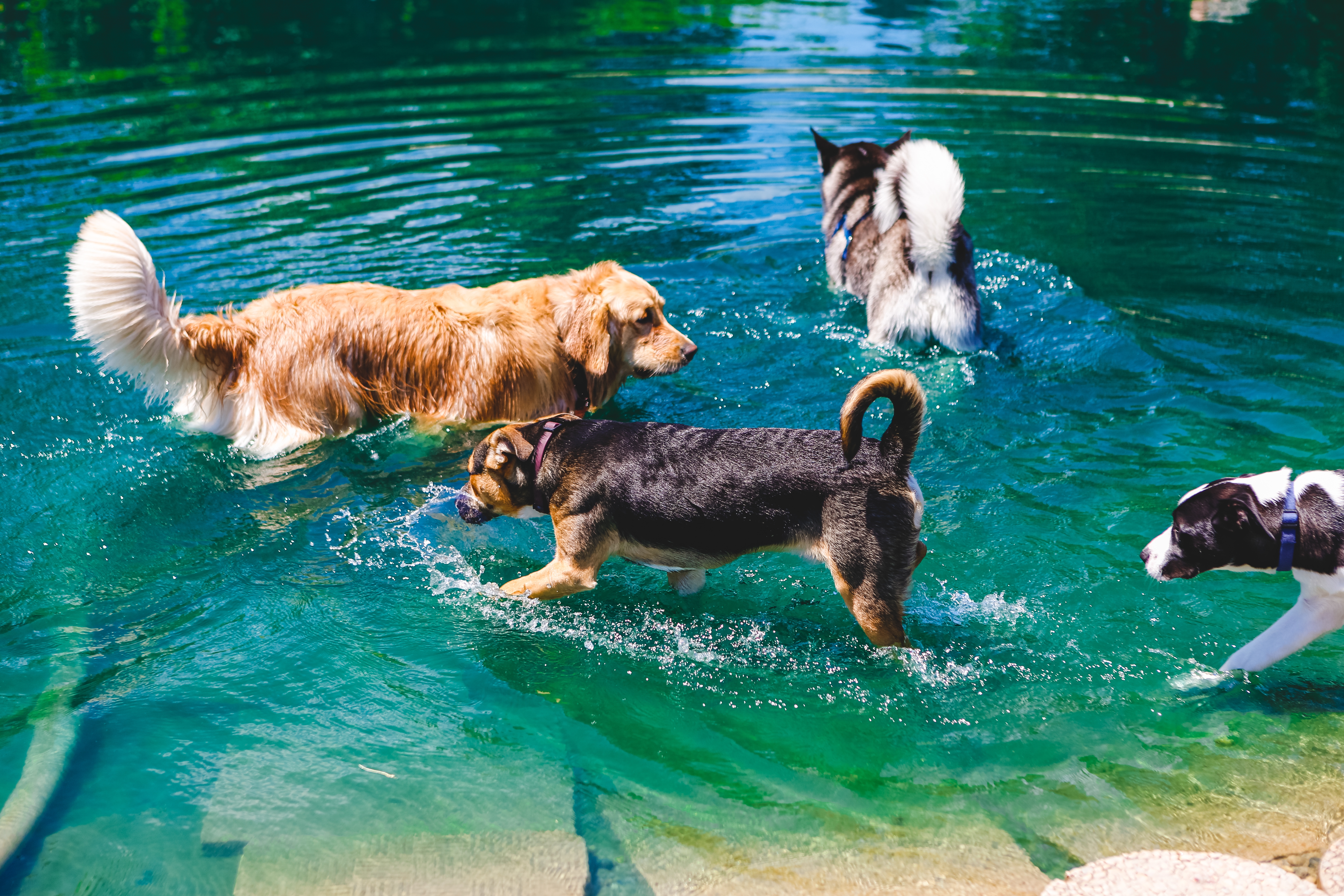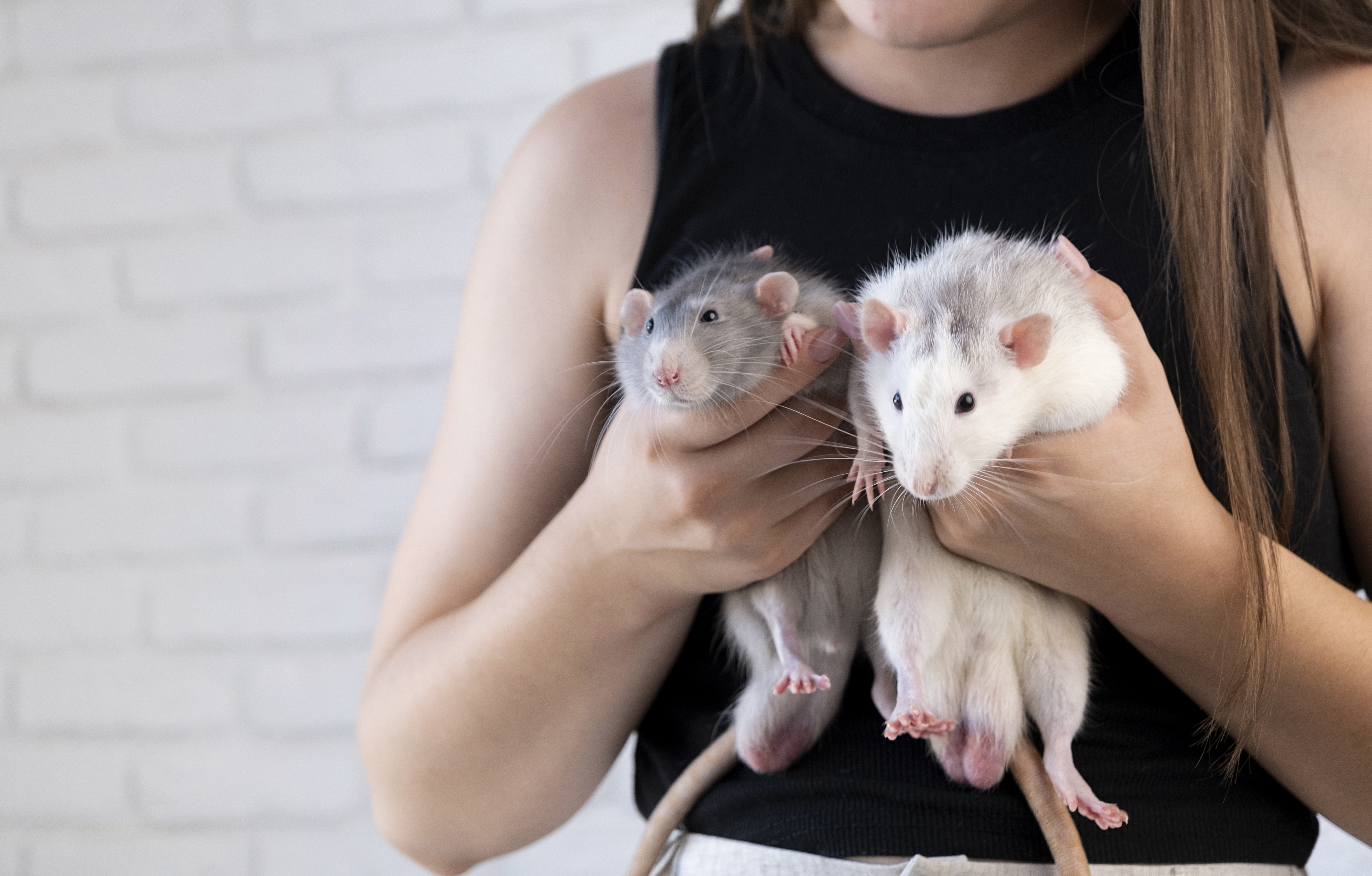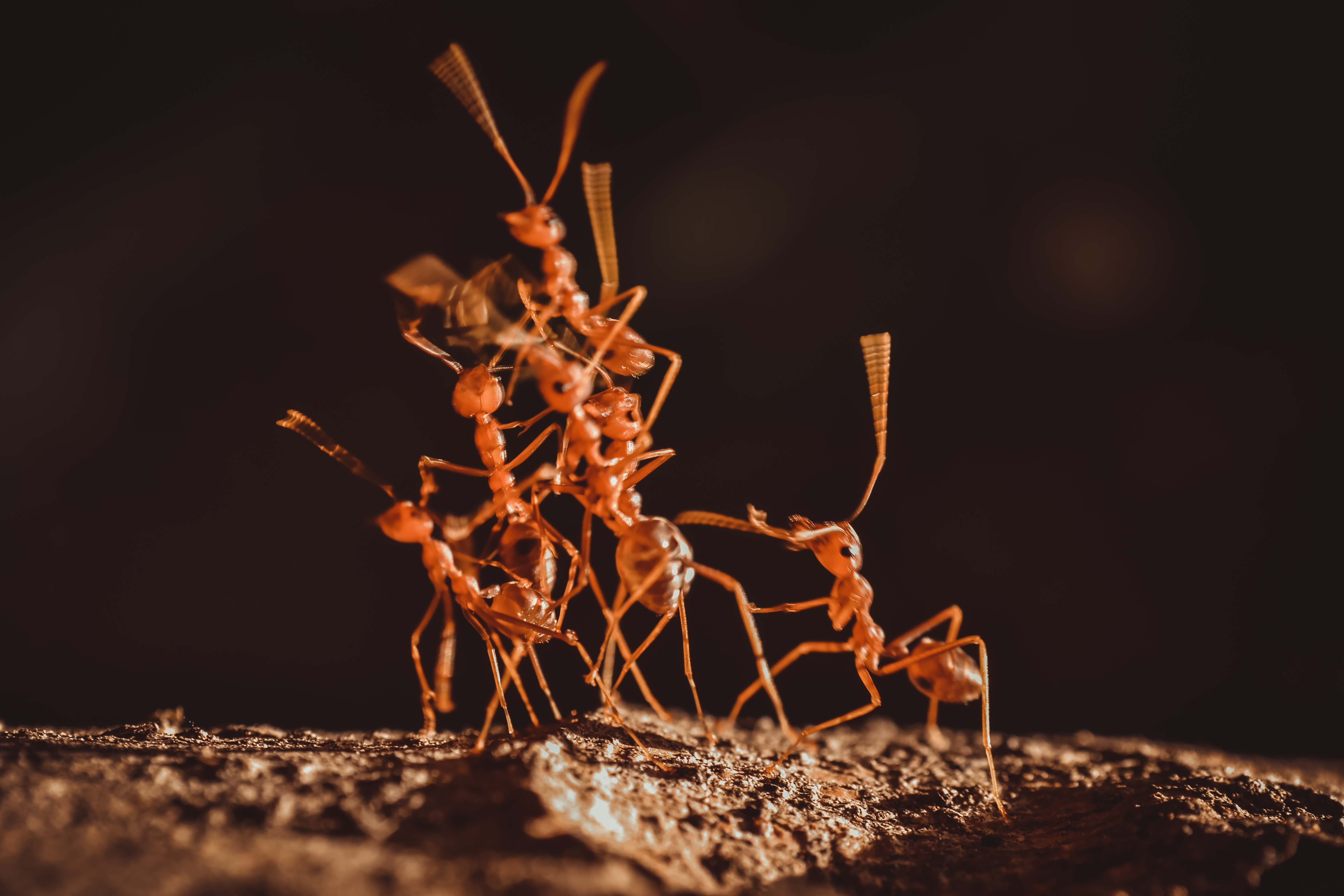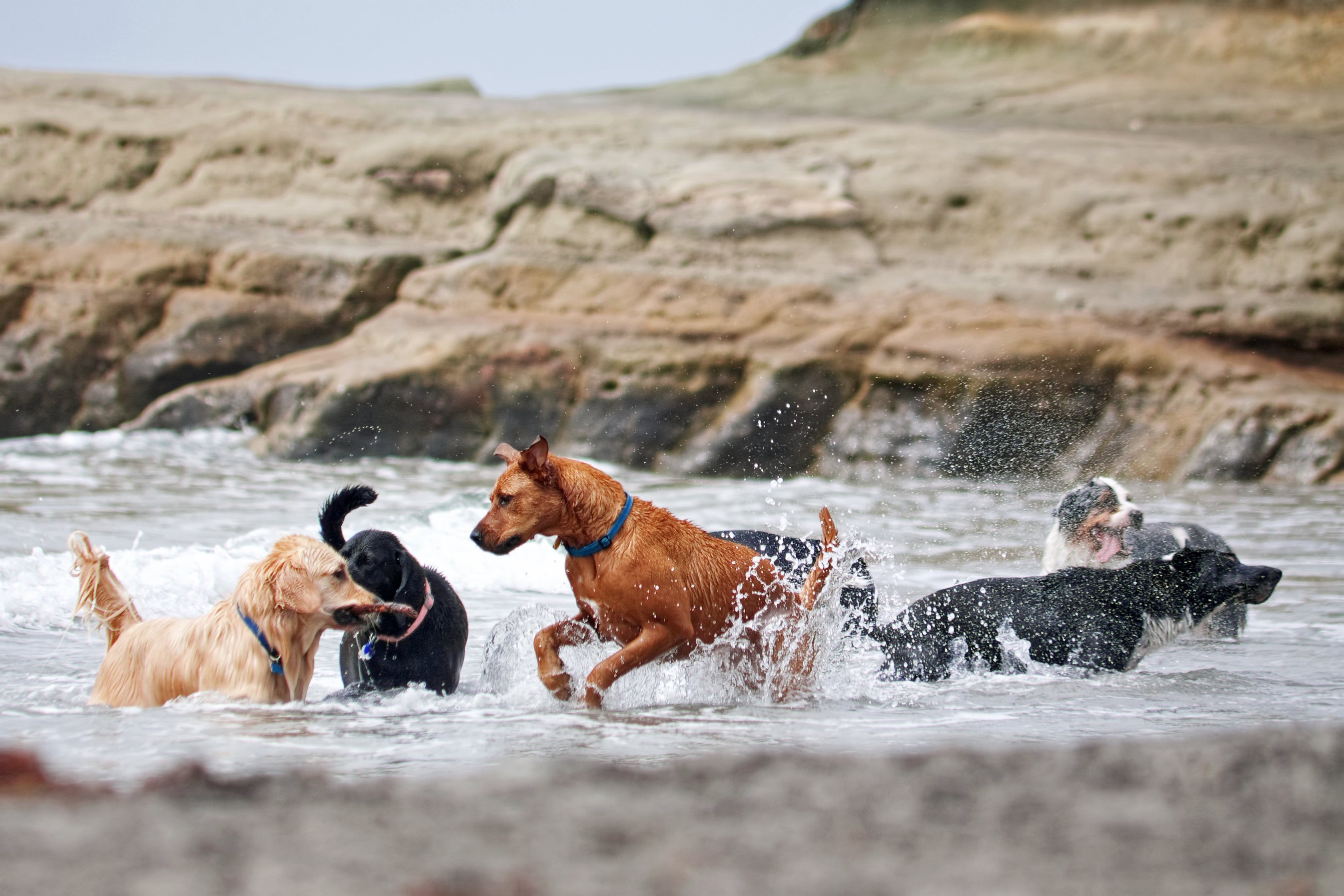Animals That Changed History
Throughout history, animals have not only been companions and sources of sustenance but have also played pivotal roles in shaping human civilization. From aiding in warfare to inspiring scientific breakthroughs, these creatures have left indelible marks on the course of history. This exploration delves into the fascinating stories of eleven animals that have significantly influenced human affairs. Each section highlights a unique instance where an animal's involvement led to profound changes, whether through direct action or by inspiring new ways of thinking. This journey through time showcases the remarkable impact of these animals, revealing how they have been integral to the development of societies and the advancement of human knowledge.
The War Elephant: Hannibal’s Secret Weapon
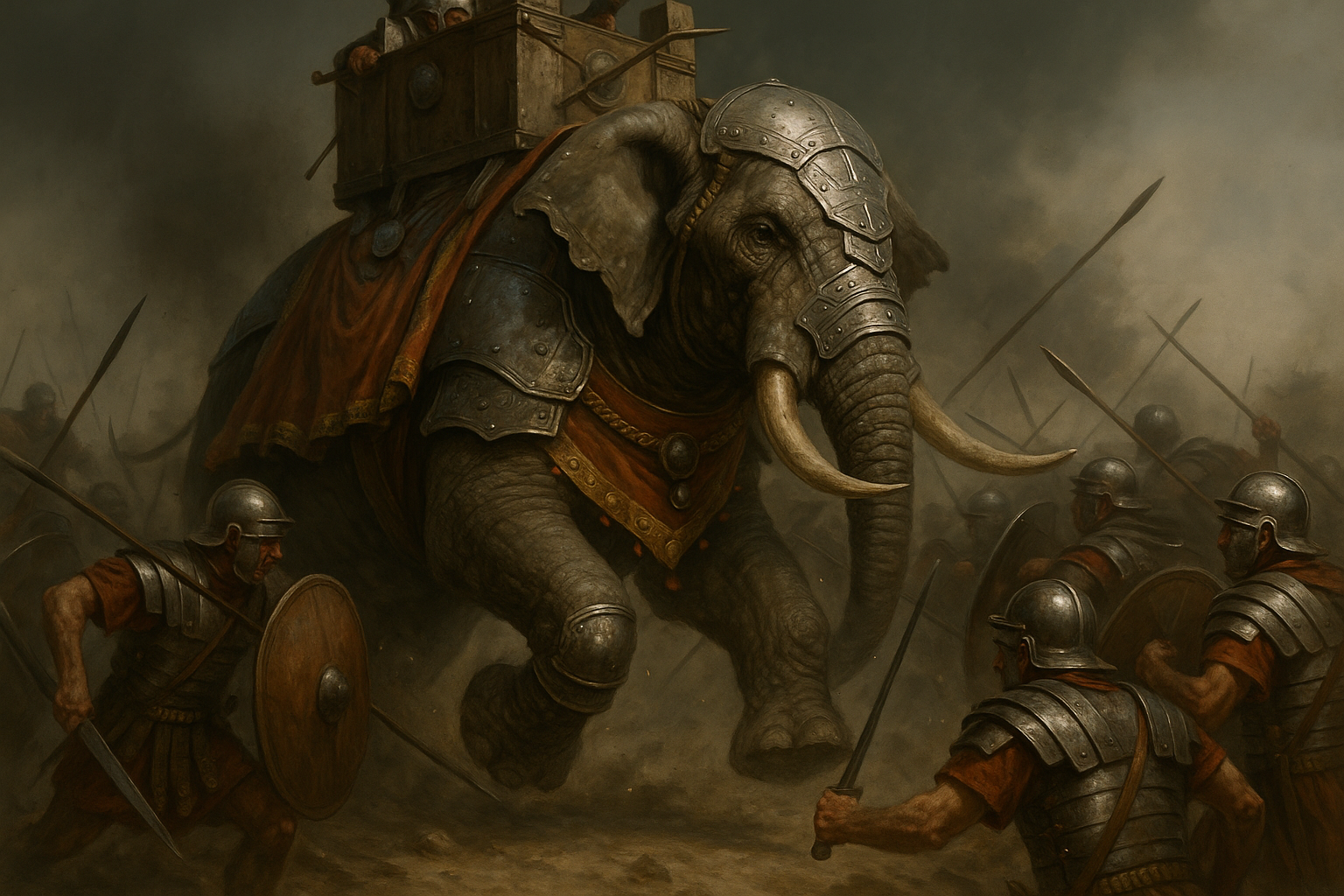
In the annals of military history, few animals have had as dramatic an impact as the war elephant. These massive creatures were used by ancient armies for their sheer size and strength, striking fear into the hearts of enemies. One of the most famous uses of war elephants was by the Carthaginian general Hannibal during the Second Punic War. In 218 BC, Hannibal famously led a herd of elephants across the Alps to invade Italy, a feat considered one of the greatest military maneuvers of ancient times. Although not all the elephants survived the harsh journey, their presence in battles against Rome left a lasting impression, demonstrating the tactical advantage of incorporating animals into warfare. This strategic use of elephants not only showcased the ingenuity of ancient military tactics but also underscored the importance of animals in human conflicts.
Laika: Pioneering Space Exploration
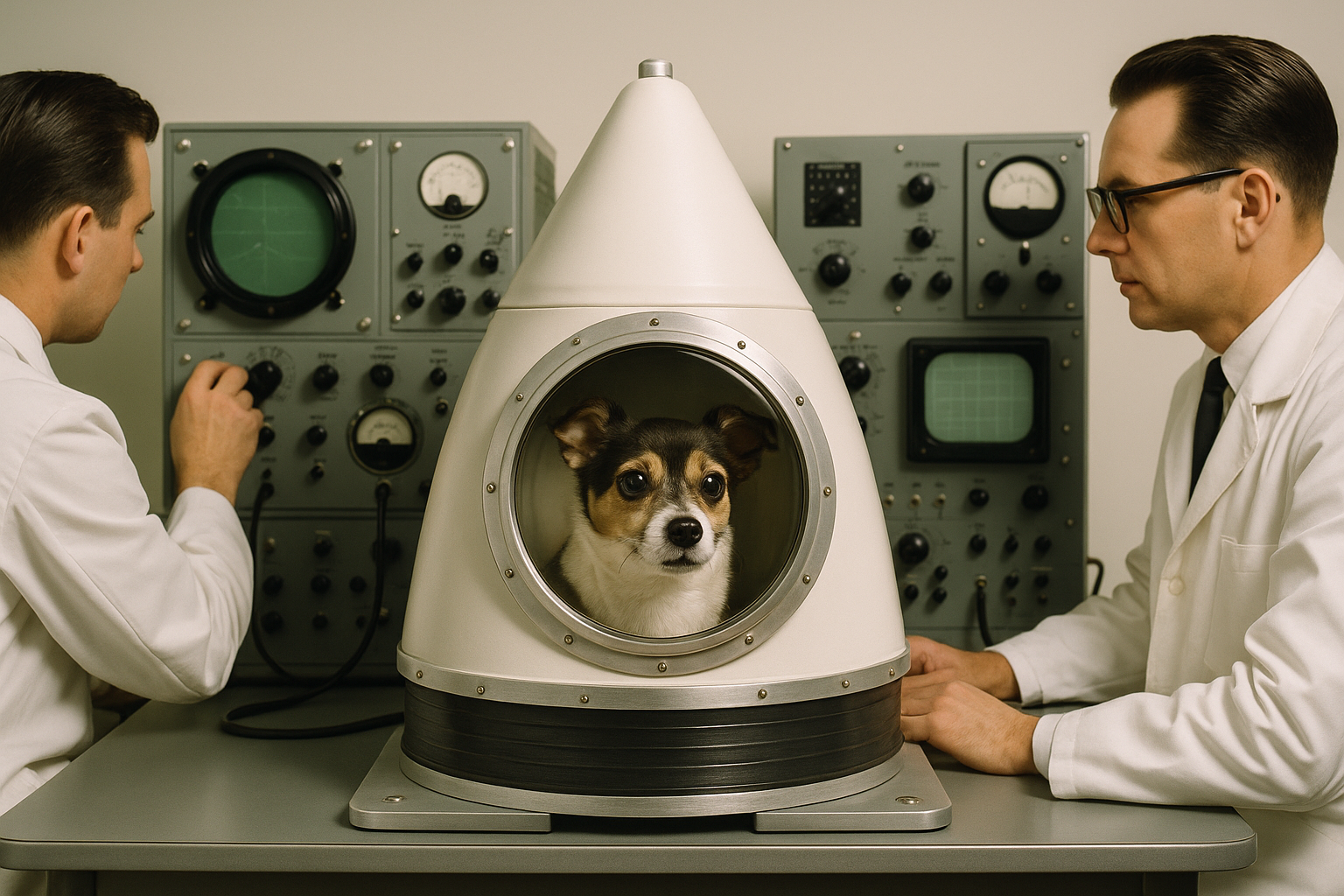
Laika, a stray dog from the streets of Moscow, became a symbol of human ambition and the quest for knowledge when she was launched into space aboard Sputnik 2 in 1957. As the first living creature to orbit the Earth, Laika's journey marked a significant milestone in the space race between the United States and the Soviet Union. Although Laika did not survive the mission, her sacrifice paved the way for future human space exploration by providing crucial data on the effects of space travel on living organisms. The mission highlighted the ethical considerations of using animals in scientific research, sparking global debates and leading to improved standards for animal welfare. Laika’s story remains a poignant reminder of the sacrifices made in the pursuit of scientific advancement and the enduring impact of animals in expanding human horizons.
Dolly the Sheep: A Leap in Genetic Science
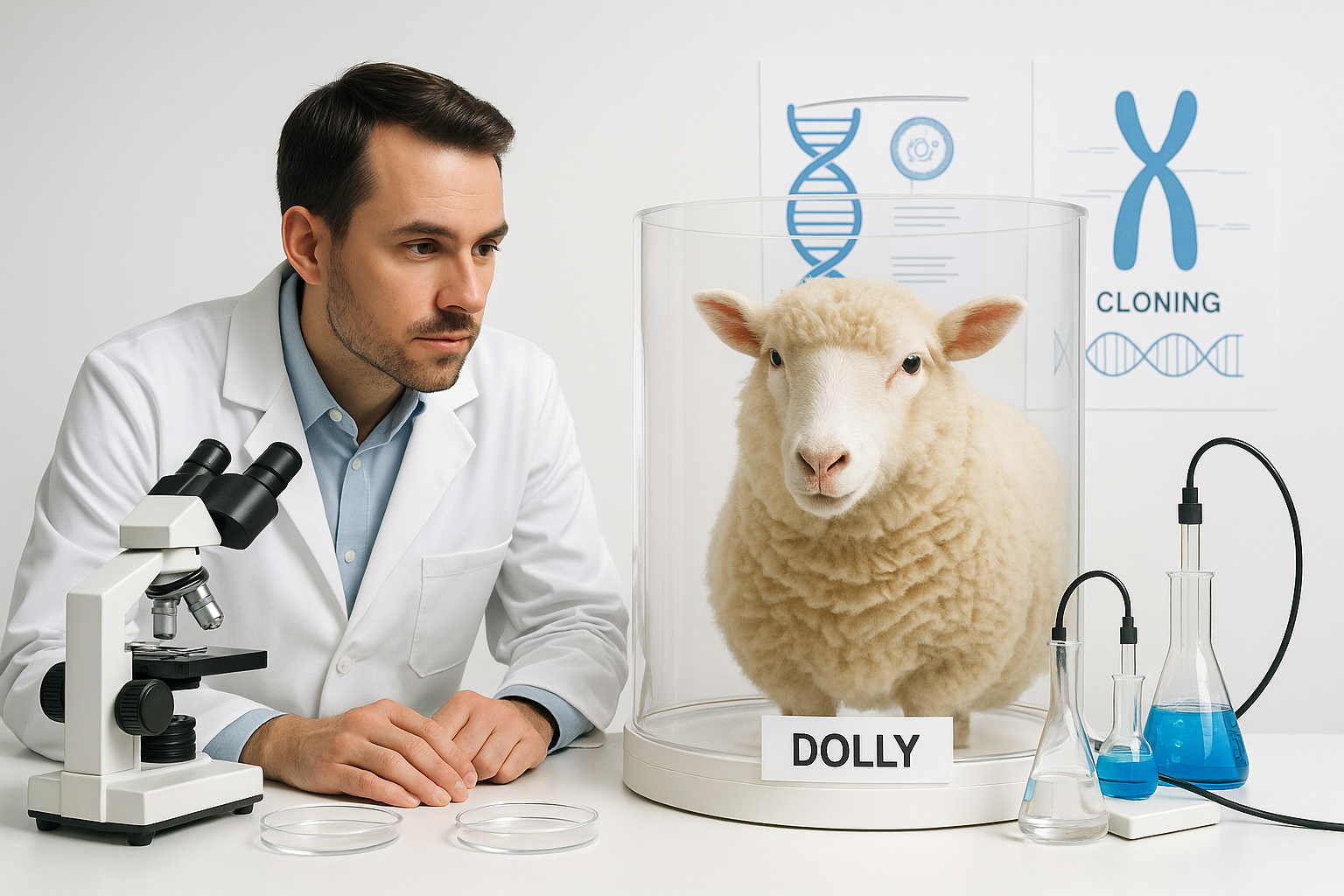
Dolly the sheep, born in 1996, was the first mammal to be successfully cloned from an adult somatic cell, revolutionizing the field of genetic science. Created by scientists at the Roslin Institute in Scotland, Dolly's existence proved that it was possible to create a genetic copy of a living organism, challenging previously held beliefs about the limitations of biological reproduction. Dolly's cloning opened up new possibilities for medical research, including the potential for regenerative medicine and the preservation of endangered species. However, it also raised ethical questions about the implications of cloning and genetic manipulation. Dolly's legacy continues to influence the ongoing debates about the role of biotechnology in society and the moral responsibilities of scientists in their pursuit of knowledge.
The Arabian Horse: Shaping Cultures and Economies
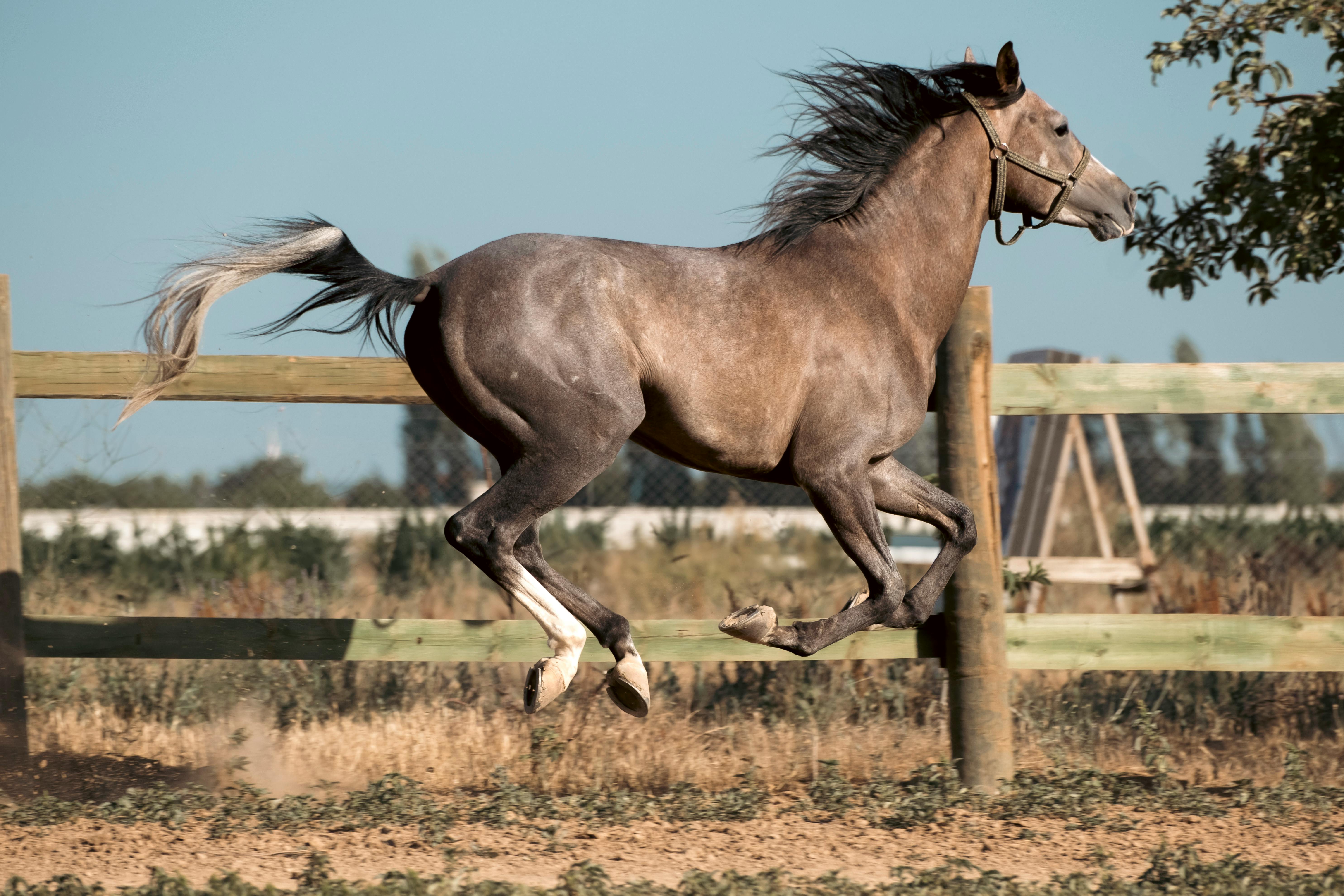
The Arabian horse, one of the oldest and most recognizable horse breeds in the world, has had a profound impact on human cultures and economies for thousands of years. Renowned for their endurance, speed, and intelligence, Arabian horses were bred by Bedouin tribes in the Arabian Peninsula and became integral to the development of trade routes and military conquests. Their influence spread across continents, contributing to the establishment of trade networks and the exchange of goods and ideas between civilizations. The Arabian horse's genetic legacy is evident in many modern horse breeds, underscoring their historical importance. Beyond their economic and military contributions, Arabian horses have also inspired art, literature, and folklore, becoming symbols of grace and nobility that continue to captivate imaginations worldwide.
The Silkworm: Weaving the Fabric of Empires

Silkworms, the larvae of the silk moth, played a crucial role in the development of ancient economies and the spread of culture through the Silk Road. Originating in China, the production of silk was a closely guarded secret for centuries, giving the Chinese Empire a significant economic advantage. The demand for silk drove the establishment of trade routes that connected the East and West, facilitating the exchange of goods, ideas, and technologies. The impact of the silkworm extends beyond economics; it also influenced art, fashion, and cultural practices across continents. The silk trade helped shape the world’s first global economy, demonstrating how a small creature could have a monumental impact on human history by fostering connections between distant civilizations.
The Honeybee: Architects of Agriculture

Honeybees have been instrumental in the development of agriculture, a cornerstone of human civilization. As pollinators, bees play a critical role in the reproduction of flowering plants, directly affecting the production of fruits, vegetables, and nuts. The symbiotic relationship between bees and plants has enabled the cultivation of crops that sustain human populations and economies. Honeybees have also provided humans with honey, beeswax, and other products that have been used for food, medicine, and industry for thousands of years. The decline of bee populations in recent years has raised alarms about the potential impact on global food security, highlighting the essential role these tiny insects play in the ecosystem. The story of honeybees underscores the interconnectedness of life on Earth and the importance of preserving biodiversity for the future of humanity.
Greyfriars Bobby: The Loyalty That Inspired a Nation

Greyfriars Bobby, a Skye Terrier from 19th-century Scotland, became a symbol of loyalty and devotion, capturing the hearts of people worldwide. After his owner, John Gray, passed away, Bobby famously spent 14 years guarding his master's grave in Edinburgh's Greyfriars Kirkyard. Bobby's unwavering loyalty inspired numerous books, films, and a statue erected in his honor, becoming a cultural icon and a tourist attraction. His story resonated with a society that valued fidelity and emotional bonds, highlighting the deep connections between humans and their animal companions. Greyfriars Bobby's tale continues to remind us of the powerful impact that animals can have on human emotions and cultural narratives, illustrating how a single animal can embody values that transcend time and geography.
The Cattle of the American West: Shaping a Nation
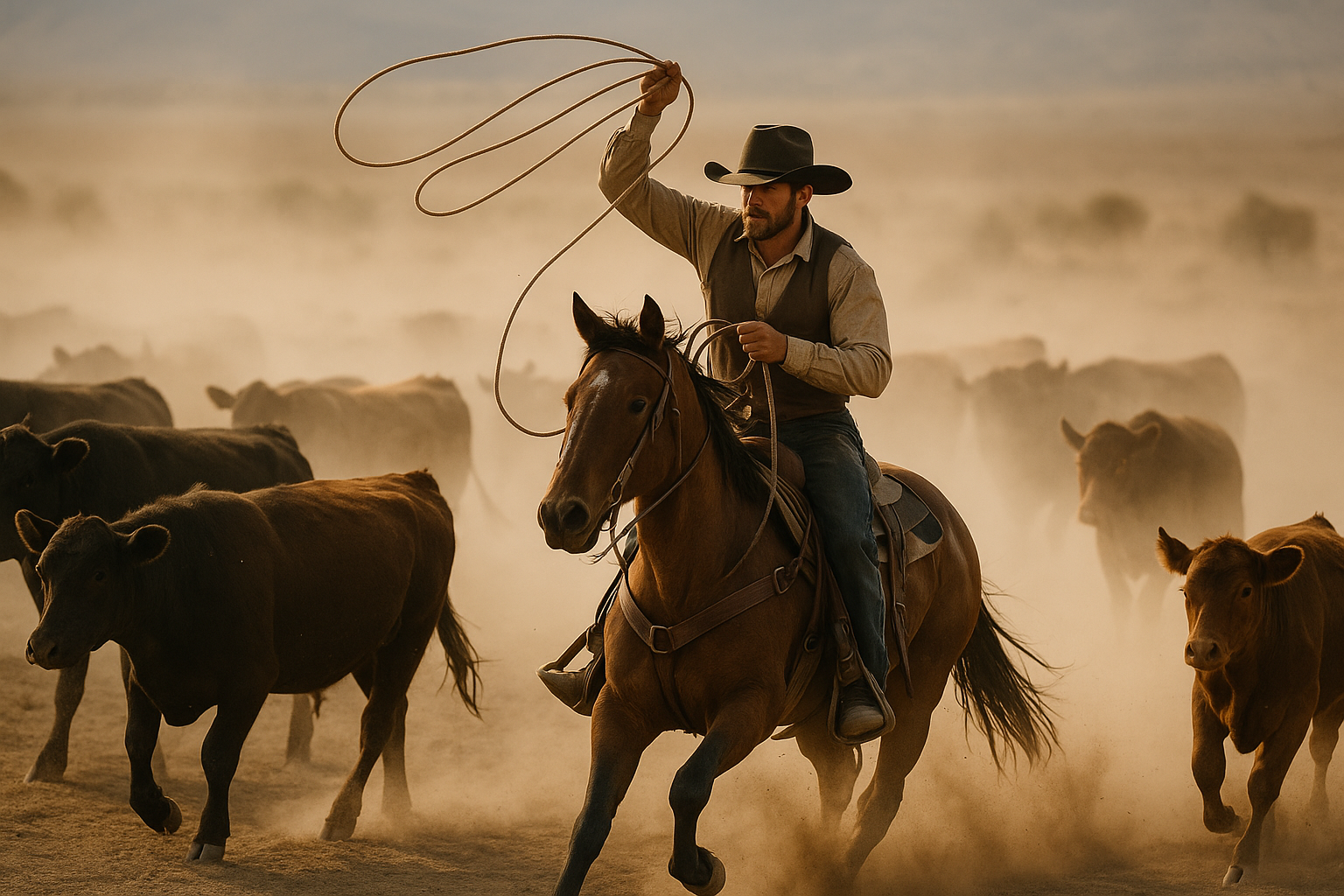
Cattle played a pivotal role in the development of the American West, influencing the economy, culture, and landscape of the region. The cattle industry drove the expansion of railroads, facilitated the growth of towns and cities, and contributed to the mythology of the American cowboy. The open-range cattle drives of the 19th century were instrumental in establishing the United States as a leading agricultural power. The cattle industry also had significant environmental impacts, leading to changes in land use and contributing to the displacement of Native American tribes. The legacy of cattle ranching continues to shape the American identity, reflecting the complex interplay between economic development and cultural heritage. The story of cattle in the American West exemplifies how animals can drive economic growth and cultural transformation, leaving lasting imprints on national identity.
The Guinea Pig: Advancing Medical Research

Guinea pigs have been used in scientific research for centuries, contributing to significant advancements in medicine and biology. Their role as test subjects has led to breakthroughs in understanding diseases, developing vaccines, and testing new treatments. The phrase "guinea pig" has become synonymous with experimentation, reflecting their importance in scientific discovery. Notable contributions include the development of the diphtheria antitoxin and the discovery of vitamin C. The use of guinea pigs in research has also sparked discussions about the ethics of animal testing and the need for humane treatment. Their contributions to science underscore the critical role that animals play in advancing human knowledge and improving public health, highlighting the ethical considerations that accompany scientific progress.
The Pigeon: Communication in Times of War
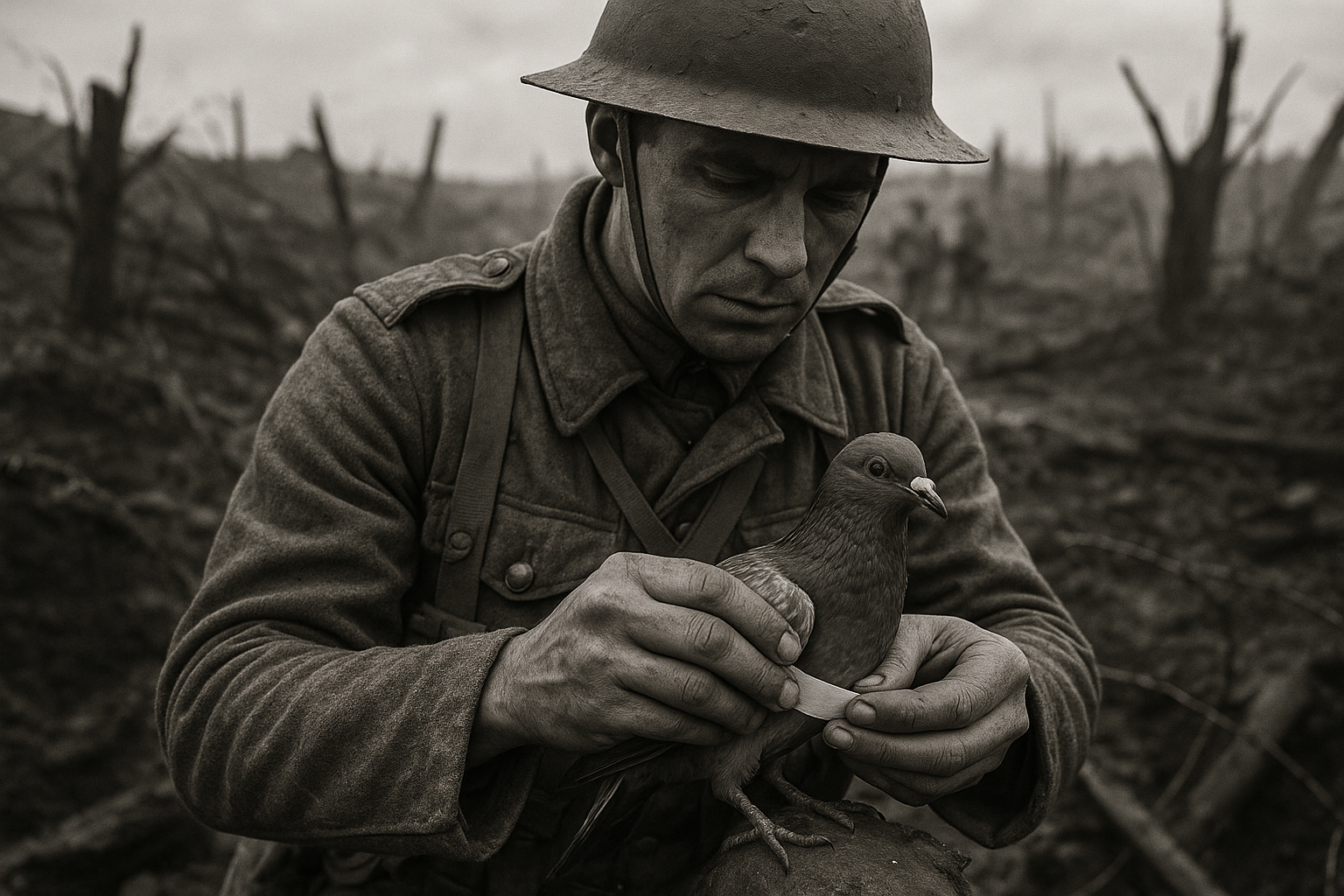
Pigeons have been used as messengers for thousands of years, playing crucial roles in communication during times of war. Their ability to fly long distances and return to their home lofts made them invaluable for delivering messages across enemy lines. During both World Wars, pigeons were used extensively by military forces to relay critical information, often saving lives and altering the course of battles. The story of Cher Ami, a pigeon that delivered a vital message despite being injured during World War I, exemplifies the bravery and importance of these birds in wartime communication. Pigeons have also contributed to scientific research, including studies on navigation and homing instincts. Their legacy as messengers highlights the enduring relationship between humans and animals in overcoming challenges and achieving collective goals.
Powered by Froala Editor
